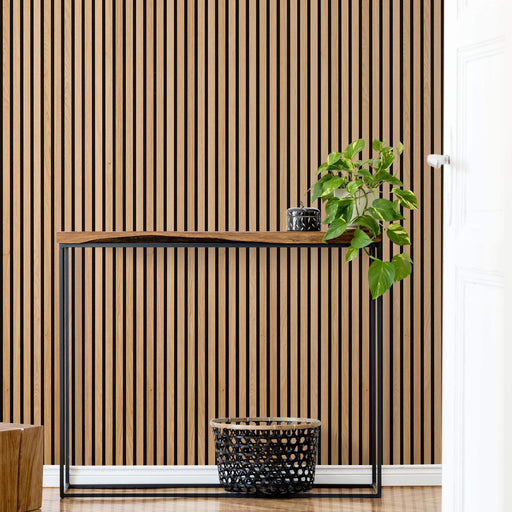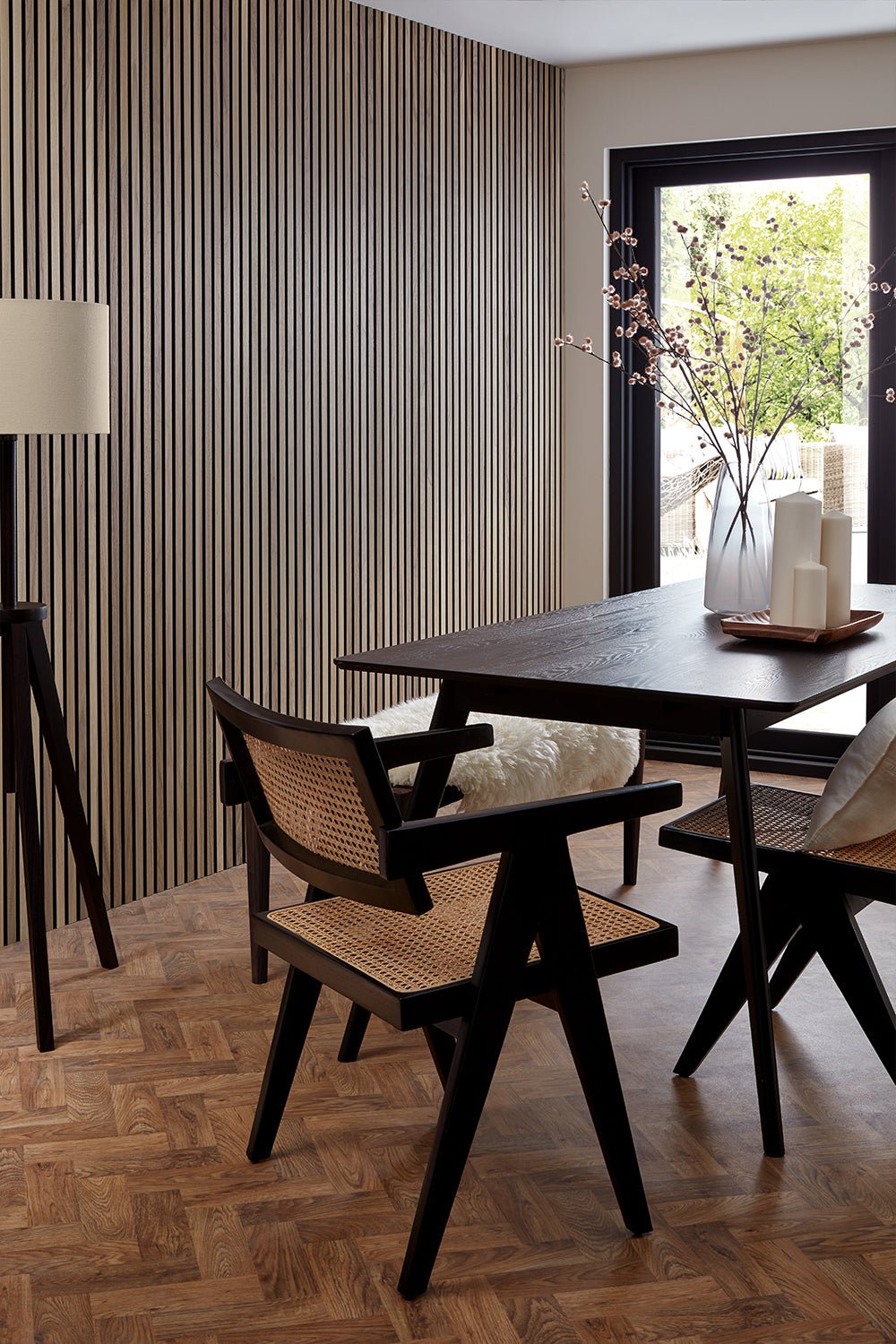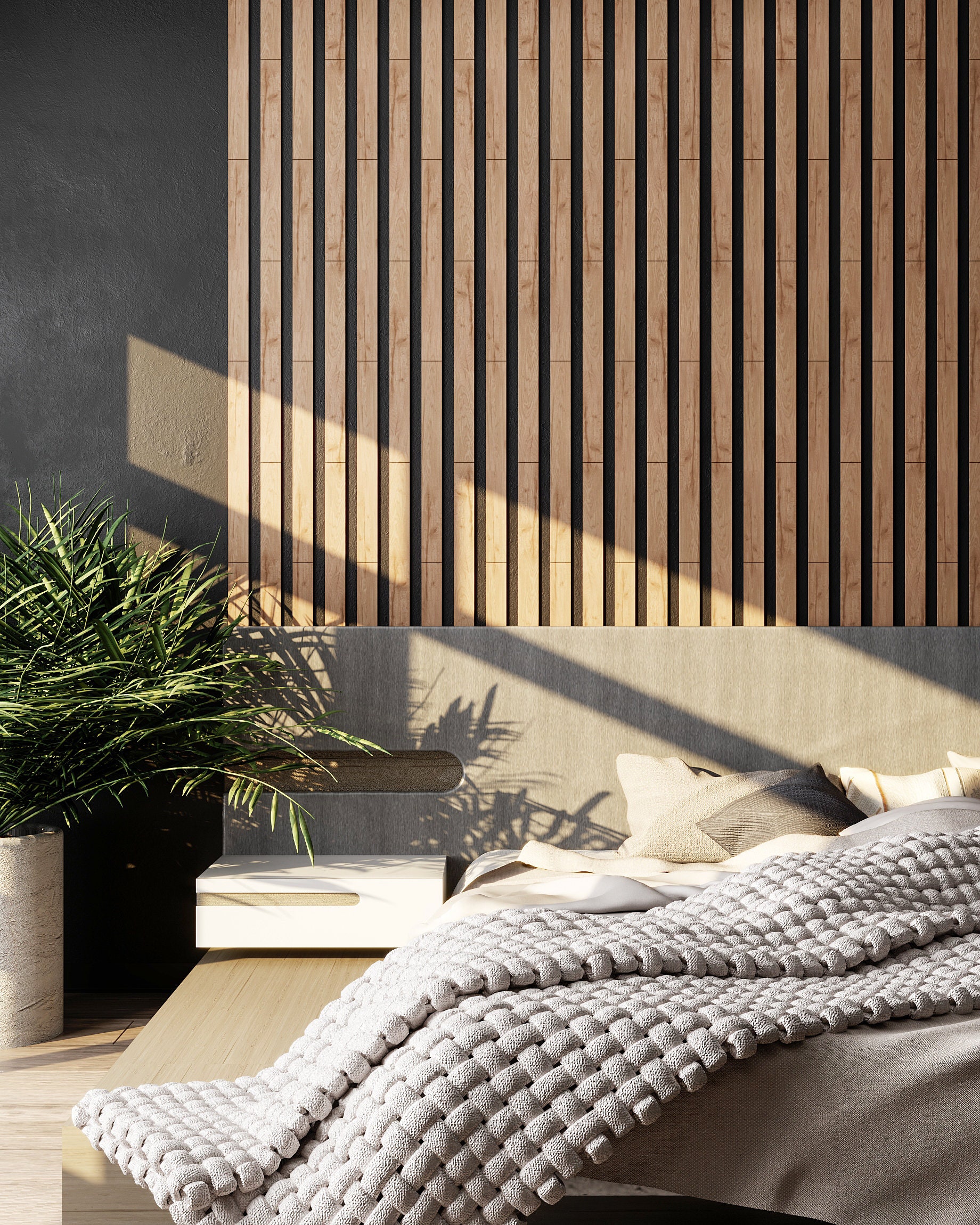Introduction to Decorative Wood Paneling
Decorative wood paneling has made a stunning comeback in interior design, offering a sophisticated touch to various spaces. As someone who has personally experimented with different types of wood paneling in my own home, I can attest to its ability to enhance aesthetics while providing numerous practical benefits. Whether you’re looking to add texture, warmth, or character to your walls, wood paneling is an excellent choice.
What is Decorative Wood Paneling?
Decorative wood paneling refers to a variety of wood products that can be used to cover and enhance walls. It comes in an array of styles, finishes, and materials, making it versatile for any interior design scheme. From rustic to modern, wood paneling can complement virtually any decor style.
Types of Decorative Wood Paneling
Understanding the various types of wood paneling is essential for making an informed choice. Here are some popular options:
1. Solid Wood Paneling
Solid wood paneling is made from high-quality, natural wood. It boasts excellent durability and adds a timeless appeal to any space.
Pros:
- Longevity
- Natural aesthetic
- Can be refinished

Cons:
- Higher cost
- Requires regular maintenance
2. Plywood Paneling
Plywood paneling is made from layers of wood veneer. It’s lighter and often more affordable than solid wood.

Pros:
- Cost-effective
- Easy to install
Cons:
- Less durable than solid wood
- May not be refinished

3. MDF Panels
Medium-Density Fiberboard (MDF) panels are made from wood fibers and glue. They provide a smooth surface perfect for painting.
Pros:
- Affordable
- Smooth finish

Cons:
- Not as durable as solid wood
- Susceptible to water damage
4. Reclaimed Wood Paneling
Reclaimed wood is salvaged from old buildings, barns, and furniture. It adds unique charm and history to your space.

Pros:
- Eco-friendly
- Unique, character-filled aesthetics
Cons:
- Variable quality
- Can be expensive

Benefits of Decorative Wood Paneling
Choosing decorative wood paneling comes with a range of benefits. Here are a few reasons why it’s a great investment for your home:
Aesthetic Appeal
Wood paneling adds a natural and warm visual element to your interiors, creating an inviting atmosphere.

Insulation
Wood is an excellent insulator, helping to regulate temperature and reduce energy costs.
Sound Absorption
Wood paneling can dampen noise, making your space quieter and more comfortable.
Easy Maintenance
Most wood paneling is easy to clean and maintain, requiring just occasional dusting and polishing.
Installation of Decorative Wood Paneling
Installing decorative wood paneling can be a rewarding DIY project. Here’s a step-by-step guide to help you get started:
Tools and Materials Needed
You will need:
- Wood paneling of your choice
- Measuring tape
- Saw (hand or power saw)
- Adhesive or nails
- Level
- Stud finder
- Caulk and caulk gun
- Sandpaper and finish (if applicable)
Step-by-Step Installation Guide
- Measure the Area: Start by measuring the wall space you want to cover.
- Choose Your Paneling: Select the type of wood paneling that suits your style and budget.
- Prepare the Wall: Ensure that the wall is clean and free of debris.
- Cut Panels to Size: Use a saw to cut the panels according to your previous measurements.
- Apply Adhesive or Nails: If using adhesive, apply it to the back of the panel. If using nails, make sure to hit the studs.
- Position the Panels: Press the panels onto the wall, ensuring they are level.
- Finish Edges: Use caulk to fill gaps and sand any rough edges as needed.
- Seal and Finish: If necessary, apply a finish to protect the wood and enhance its beauty.
Tips for a Successful Installation
- Work in a well-ventilated area, especially when using adhesives.
- Consider using a nail gun for quicker installation.
- Take your time measuring and cutting to avoid mistakes.
Maintenance and Care of Wood Paneling
To ensure your decorative wood paneling lasts for years to come, regular maintenance is key. Here are some tips:
Cleaning
Dust your wood paneling regularly with a soft cloth to prevent buildup. For deeper cleaning, use a damp cloth with a mild detergent.
Polishing
Every few months, consider using a wood polish to restore shine and protect the finish.
Repairs
If scratches or damage occur, you can often sand down the area and reapply the finish to restore its appearance.
Cost of Decorative Wood Paneling
Understanding the cost of decorative wood paneling can help you budget your project effectively. Below is a comparison table to give you a general idea:
| Type of Wood Paneling | Average Cost per Square Foot | Durability |
|---|---|---|
| Solid Wood | $5 – $15 | Very Durable |
| Plywood | $2 – $8 | Moderately Durable |
| MDF | $1 – $4 | Less Durable |
| Reclaimed Wood | $10 – $25 | Very Durable |
FAQs About Decorative Wood Paneling
1. What is the best type of wood paneling for my home?
The best type depends on your budget, style, and the room’s intended use. Solid wood offers longevity, while MDF is more affordable.
2. How do I install wood paneling myself?
Follow a step-by-step guide, as discussed earlier, and ensure you have the right tools and measurements before starting.
3. Can wood paneling be painted?
Yes, many types of wood paneling can be painted, specifically MDF or plywood. Make sure to use a primer before painting.
4. How do I maintain my wood paneling?
Regularly dust and polish your paneling, and use a damp cloth for deeper cleaning. Additionally, keep an eye out for any damage and repair as necessary.
5. Is wood paneling outdated?
No, wood paneling has made a stylish comeback and can be a beautiful addition to modern and traditional designs.